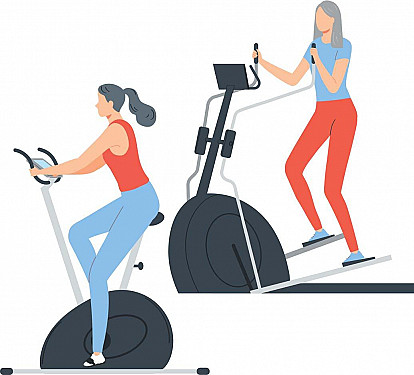Exercise still the best approach to prevent falls
News briefs

Image: © Steve Debenport/Getty Images
Regular exercise in older adults offers powerful protection against falls. That's the conclusion of the U.S. Preventive Services Task Force (USPSTF), published online April 17, 2018, by the Journal of the American Medical Association. Task force members reviewed the latest evidence (about 20 studies) and said there was enough to confirm that exercising, muscle strengthening, and improving balance could help prevent falls in high-risk older adults. Most people in the studies exercised three times a week. The benefit remained the same whether people performed individual routines, participated in exercise classes, or underwent physical therapy. The USPSTF also recommended that doctors offer additional measures to prevent falls, depending on a person's risks (like getting an eye exam if you have poor vision). And the task force found that taking vitamin D did not prevent falls in older adults, so it is recommending against taking a supplement just for that purpose. (Vitamin D is important if you have osteoporosis or vitamin D deficiency.) The takeaway: Falls are the leading cause of injury and injury-related death in older adults. If you're not active, try walking a little each day (if your doctor says it's okay), and build toward walking at least 20 minutes per day.
Disclaimer:
As a service to our readers, Harvard Health Publishing provides access to our library of archived content. Please note the date of last review or update on all articles.
No content on this site, regardless of date, should ever be used as a substitute for direct medical advice from your doctor or other qualified clinician.















